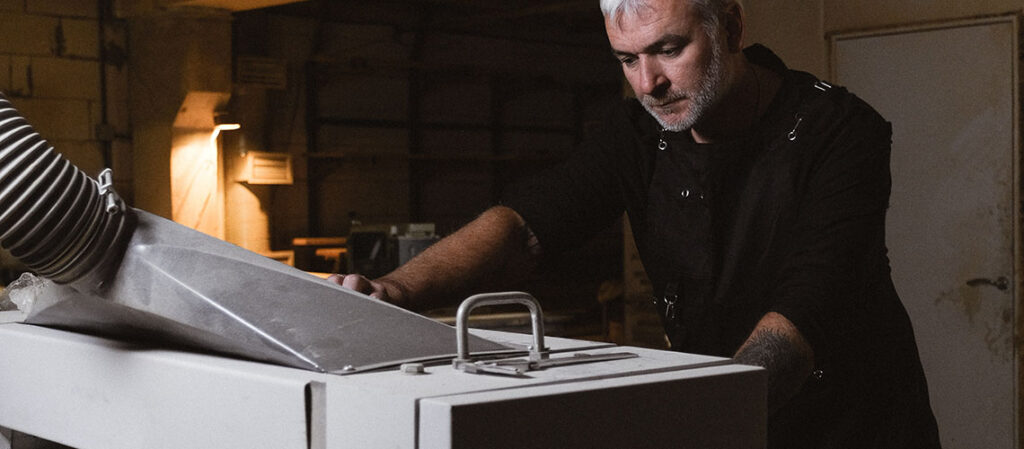I have met many businesses through the years, and I have noticed a fairly clear trend. Many people are earnest and do much of the work to get a CE mark for their product. They have done a risk assessment (but maybe not documented it quiiite as they should…), they have checked standards (but maybe not been quiiite as structured as they should…), and they have created a manual (but maybe not… well, you get the idea).
In addition, all this work had been done when the project was almost completed. And that is the main culprit, I would say.
Why no CE marking?
I am not suggesting that you skip the CE marking, but I want you to avoid an approach like the one in the picture below.

A grossly simplified development process, with CE marking at the end.
Can you spot the mistake? Obviously, it’s that the CE marking is a separate activity bubble at the end of the process! The product is ready; now we just need to get it CE marked… As you all know, it is more expensive to make changes at the end of a development project than at the beginning.

A classic picture of how the cost of changes increases exponentially with time in a project.
OK, what are you supposed to do then? Are you suggesting that CE marking should not be included? Yes, it should, but not as a separate activity!
Process without CE marking

Again, an over simplified picture of a process, but without the CE bubble.
The obvious difference is that several phases of the CE marking are embedded into the development process and that the CE bubble is gone. A process can be represented in many ways, but this is a good representation of how simple it can be.
Are there more aspects to this?
Of course! By including demands from many different directions, you will have a complete picture to work from:
- Requirements from standards
- Requirements from directives
- Requirements from customers
- Requirements from old models (if it relates to a second generation for example)
- Requirements from purchasing, Actions from the initial risk assessment
- Requirements from that brainstorming session last autumn
If you get this right, I argue that you are well on your way to avoiding escalating costs in the end.

So, what do I do about all this?
When I meet customers today we often start discussing the products. Still, with my background in development, we soon get into how they actually work, and I see a common thread that can’t be ignored. Many people simply wait way too long to start the CE marking work. We eventually conclude that yes, we will look at the product but it’s more important to look at the process.
I like the analogy of the hungry man who was given a fish compared to the hungry man who was given a fishing rod and learned how to fish. This is my passion.
I want CE marking to be a natural part of your process and everyday activities, simplifying your CE marking work. Or rather, you should not work with CE marking. You should develop your product and the CE marking should come automatically.
So, I recommend that you think about how you work with CE marking and if there is any truth in what I say. If it is, maybe you should remove that CE bubble?




